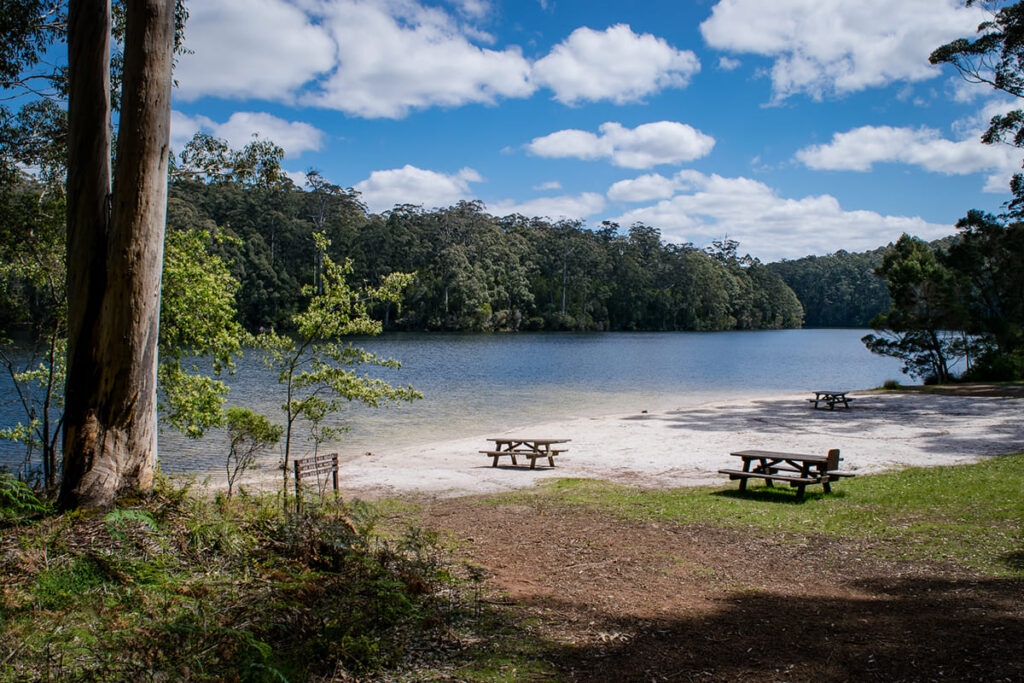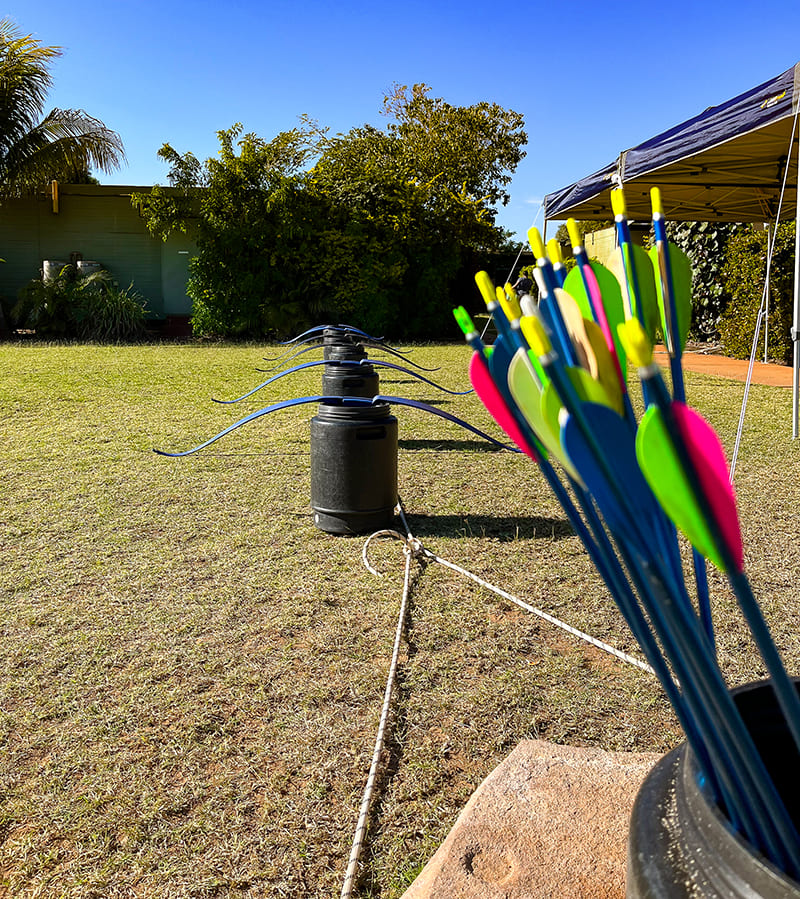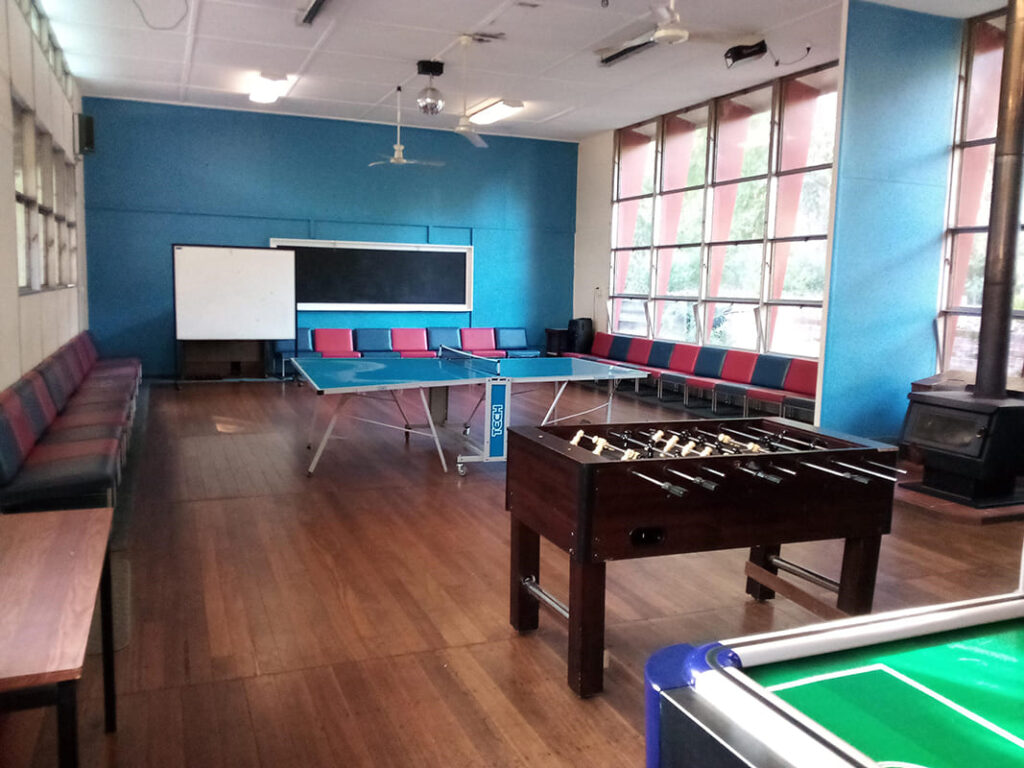
Education styles have evolved, with many schools embracing the benefits of both outdoor and indoor learning. While classrooms provide a structured environment ideal for traditional academic learning, outdoor settings present unique experiences that encourage personal growth and resilience.
Here, we’ll explore the core benefits and limitations of both approaches, highlighting how they complement each other in modern education.
The Benefits of Outdoor Learning
Outdoor learning environments provide students with experiences that are hard to replicate in the classroom. Here’s a look at some of the core benefits:
1. Hands-On Learning and Real-World Applications
One of the most significant advantages of outdoor learning is the opportunity for hands-on experiences. Lessons in ecology, biology, and even maths and physics come to life when students can directly interact with the natural environment. For instance, studying plant life cycles or calculating the angle of a mountain slope can offer concrete, memorable learning experiences that reinforce classroom knowledge in meaningful ways.
2. Building Resilience and Problem-Solving Skills
The natural world presents variables and unexpected challenges, from navigating trails to adjusting to different weather conditions. These challenges teach students to think on their feet and adapt, building resilience. Outdoor learning naturally encourages teamwork and problem-solving skills, as students work together to overcome obstacles and reach shared goals.
3. Physical Activity and Health Benefits
Outdoor learning also promotes physical activity, which is beneficial to both physical and mental health. Studies show that physical movement can enhance cognitive function, improve mood, and reduce symptoms of anxiety and depression. A day spent exploring orienteering, climbing, or simply observing nature can support students’ overall well-being while reinforcing the connection between a healthy body and a healthy mind.
4. Encouraging Environmental Stewardship
When students experience the natural world firsthand, they develop a personal understanding of and respect for the environment. Outdoor learning fosters environmental stewardship, helping students recognise the importance of conservation and sustainable practices. By connecting with nature, students are more likely to grow into adults who value and protect the environment.

The Advantages of Indoor Learning
While outdoor education offers unique benefits, traditional indoor learning also has its own advantages that remain essential to a well-rounded education.
1. Access to Resources and Technology
Classrooms provide access to a wealth of educational resources, from books and computers to interactive whiteboards. These tools are indispensable for subjects like science, maths, and language arts, where digital resources and structured learning materials can support more complex or abstract ideas. Technology aids students in their research, allowing them to explore information beyond the classroom walls while benefiting from teacher guidance and peer discussions.
2. Structured Learning Environment
A classroom environment is structured and organised, which helps students concentrate on specific academic tasks without distraction. This structure is particularly important when learning subjects that require logical sequencing, like mathematics or grammar. The consistent environment also supports the development of routines and discipline, which are essential skills for future study and work.
3. Personalised and Individualised Learning Support
Teachers can often provide more personalised support in an indoor setting. With a focus on small group work or individualised instruction, students who need extra assistance or are excelling in particular areas can receive tailored feedback. This level of personalisation is sometimes more challenging outdoors, where the primary focus is on group activities and experiential learning.
4. Preparation for Exams and Academic Milestones
As students approach certain milestones, such as exams, indoor learning becomes more relevant. The classroom setting allows for a focused environment where students can revise material, prepare for assessments, and discuss concepts with teachers. This structured preparation is essential for ensuring academic progression and success in formal educational assessments.
Striking a Balance Between Indoor and Outdoor Learning
The debate between outdoor and indoor learning need not be an either/or situation. In fact, a balanced approach that integrates both can yield the best results, providing students with a holistic education that prepares them academically, socially, and personally.
1. Blending Theory and Practice
One of the most effective ways to create a well-rounded education is to combine theoretical learning in the classroom with practical application outdoors. For example, after a biology lesson on ecosystems, students can explore local habitats to see these systems in action. This blended approach solidifies understanding by moving from theory to hands-on experience.
2. Building Adaptability and Well-Rounded Skills
A balance of indoor and outdoor learning helps students develop a diverse skill set. While the classroom fosters academic skills like critical thinking, analysis, and concentration, outdoor learning encourages adaptability, resilience, and teamwork. Both types of learning environments prepare students for the diverse challenges they may face in future education and careers.
3. Supporting Different Learning Styles
Students have varied learning preferences; some thrive in structured indoor environments, while others excel with hands-on, experiential learning. By offering both indoor and outdoor experiences, schools can cater to different learning styles, creating a more inclusive environment where every student has the opportunity to succeed.

Challenges of Implementing Outdoor Learning
While the benefits of outdoor education are numerous, there are some challenges schools faces in its implementation:
1. Safety and Supervision Concerns
Ensuring student safety in an outdoor setting can require additional planning and resources. Teachers need to be trained in outdoor supervision and first aid, and schools must secure appropriate permissions and safety equipment. However, with careful planning, these challenges can be mitigated.
2. Resource and Budget Constraints
Outdoor learning often requires transportation, specialised equipment, and additional resources, all of which can be costly. For some schools, budget constraints may limit the frequency or scope of outdoor learning opportunities. Despite these challenges, schools are increasingly finding creative solutions to provide outdoor experiences close to the school grounds.
Conclusion: A Unified Approach to Education
The unique advantages of both outdoor and indoor learning underscore the importance of a balanced approach to education. Each environment offers different tools and opportunities, contributing to the development of well-rounded students who are prepared for academic challenges and real-world situations alike.










